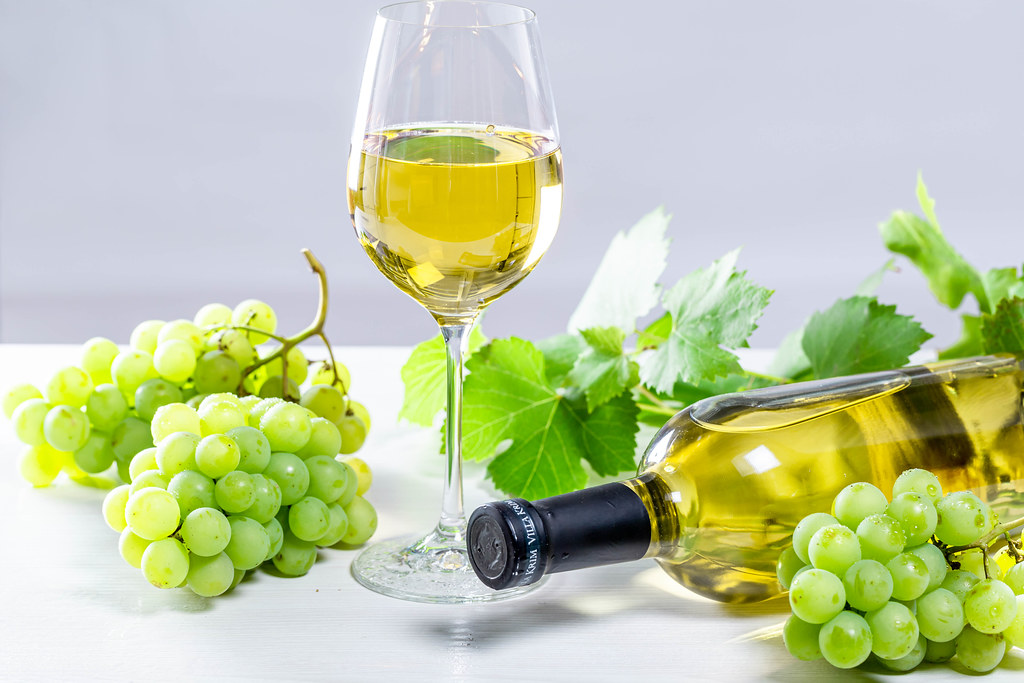The Ultimate Guide to Wine – Wine is one of the most beloved and consumed alcoholic beverages in the world. It has a rich history, cultural significance, and is enjoyed by people from all walks of life. Whether you are a seasoned wine connoisseur or a novice looking to explore the world of wine, this ultimate guide will provide you with all the information you need to know about wine. From the different types of wine to the proper way to store and serve it, this guide has got you covered.
The Ultimate Guide to Wine / The Ultimate Guide to Wine
1. What is Wine?
Wine is an alcoholic beverage made from fermented grapes. Grapes are crushed, and the juice is then fermented with yeast to create alcohol. However, wine can also be made from other fruits such as apples, berries, and plums. Wine has been around for thousands of years and is an essential part of many cultures and cuisines.
2. Types of Wine
There are several types of wine, each with its unique taste, aroma, and character. The most common types of wine include:
A. Red Wine
Red wine is made from dark-colored grapes and has a red hue. The wine is typically rich, full-bodied, and has a complex flavor profile. Some of the most popular types of red wine include Cabernet Sauvignon, Merlot, Pinot Noir, and Zinfandel.
B. White Wine
White wine is made from white grapes or red grapes with the skin removed. The wine is typically light-bodied, crisp, and refreshing. Some of the most popular types of white wine include Chardonnay, Sauvignon Blanc, Pinot Grigio, and Riesling.
C. Rose Wine
Rose wine is made from red grapes, but the skin is removed after a short period of time. This results in a pink color and a lighter flavor than red wine. Some of the most popular types of rose wine include White Zinfandel, Syrah Rose, and Cabernet Sauvignon Rose.
D. Sparkling Wine
Sparkling wine is carbonated wine that has bubbles. It is typically associated with celebrations and special occasions. Some of the most popular types of sparkling wine include Champagne, Prosecco, and Cava.
3. How to Choose Wine
Choosing the right wine can be a daunting task, but there are a few things to keep in mind to make the process easier.
A. Consider the Occasion
The occasion plays a significant role in choosing the right wine. For example, a bold red wine might be suitable for a steak dinner, while a crisp white wine might be better suited for a light seafood dish.
B. Consider the Food Pairing
The wine should complement the flavors of the food. For example, a dry white wine might pair well with fish, while a full-bodied red wine might pair well with steak.
C. Consider the Flavor Profile
Wine has a complex flavor profile, and it’s important to choose a wine that matches your preferences. If you prefer a sweeter wine, you might want to opt for a Riesling, while if you prefer a drier wine, a Cabernet Sauvignon might be more suitable.
4. How to Store Wine
Storing wine properly is essential to preserving its quality and flavor. Here are a few tips to keep in mind:
A. Store Wine Horizontally
Storing wine horizontally allows the cork to stay moist, which prevents air from getting into the bottle and oxidizing the wine.
B. Store Wine in a Cool Place
Wine should be stored in a cool, dark place to prevent it from spoiling. Ideally, the temperature should be between 45-65 degrees Fahrenheit.
C. Store Wine Away from Light
Light can cause wine to age prematurely and affect its flavor. It’s best to store wine away from direct sunlight and fluorescent lights.
D. Store Wine in a Humidity-Controlled Environment
Wine should be stored in a humidity-controlled environment to prevent the cork from drying out. If the cork dries out, it can allow air to get into the bottle and spoil the wine.
5. How to Serve Wine
Serving wine properly is just as important as storing it properly. Here are a few tips to keep in mind:
A. Serve Wine at the Right Temperature
The temperature at which wine is served can affect its flavor. White wine should be served chilled, while red wine should be served at room temperature.
B. Use the Right Glassware
Using the right glassware can enhance the flavor and aroma of the wine. For example, a white wine glass should be smaller and narrower than a red wine glass.
C. Open Wine Bottles Correctly
Opening a wine bottle correctly can prevent the cork from breaking or crumbling into the wine. It’s best to use a corkscrew and insert it into the center of the cork.
6. Wine Tasting
Wine tasting is a great way to explore the world of wine and learn more about its different flavors and aromas. Here are a few tips to keep in mind:
A. Look
Examining the wine’s color and clarity can provide clues about its age and flavor profile.
B. Smell
Swirling the wine in the glass and taking a whiff can provide information about its aroma and flavor.
C. Taste
Taking a sip and letting the wine linger in your mouth can provide information about its flavor profile and complexity.
7. Common Wine Terms
Understanding common wine terms can help you navigate the world of wine and choose the right wine for any occasion. Some common wine terms include:
A. Acidity
Acidity refers to the tartness or sourness of the wine. Wines with high acidity are usually crisp and refreshing.
B. Body
Body refers to the weight and texture of the wine. Wines can be light-bodied, medium-bodied, or full-bodied.
C. Tannin
Tannin refers to the bitterness or astringency of the wine. Red wines are usually higher in tannins than white wines.
8. Conclusion
In conclusion, wine is a beloved beverage that has a rich history and cultural significance. By understanding the different types of wine, how to choose, store, and serve it, and common wine terms, you can explore the world of wine and discover your favorite flavors and aromas.
9. FAQs
- How long can you keep an opened bottle of wine?
- An opened bottle of wine can last for up to 3-5 days if stored in the refrigerator.
- Does the year on a wine bottle matter?
- The year on a wine bottle indicates the vintage and can provide information about its quality and aging potential.
- Can you mix different types of wine?
- Mixing different types of wine is generally not recommended, as it can affect the flavor and aroma of the wine.
- What is the difference between a cork and a screw cap?
- Corks are traditional and allow a small amount of oxygen into the bottle, while screw caps are a more modern closure that provide an airtight seal.
- How should I clean wine glasses?
- Wine glasses should be hand-washed with warm water and mild detergent, and then dried with a lint-free cloth.




